Val Ferret, located at the foot of Mont Blanc, is one of the most fascinating valleys in the Aosta Valley. Surrounded by towering peaks and unique landscapes, it is the ideal place for those seeking a deep connection with nature without sacrificing the discovery of local traditions and culture. Between scenic hikes, encounters with alpine wildlife, picturesque villages and opportunities for sports in both summer and winter, Val Ferret offers a complete experience for every visitor.
Indeed, we are talking about a destination that harmoniously combines the wild beauty of the Alps with the charm of traditional villages and the facilities of a modern resort that offers possibilities for all types of travelers. Thus, every visit to this valley is a journey between scenic views, outdoor activities, close encounters with nature, and enriching cultural discoveries. Whether you are a hiking enthusiast, a sports lover, or simply looking for a place to relax and rejuvenate, Val Ferret offers an unforgettable experience. Get ready to discover all that this enchanted corner of the Aosta Valley has to offer: here is a selection of the 10 must-see places in Val Ferret to experience this paradise at its best.
At 4,810 meters above sea level, Mont Blanc majestically dominates the entire landscape of Val Ferret. The valley offers one of the best vantage points for admiring the Italian side of this legendary mountain. From Planpincieux, a small village at the beginning of the valley, there is an unparalleled panoramic view, especially at sunset, when the peaks are tinged with pinkish hues. Along the valley, various viewpoints provide different perspectives of the massif, but the Elena Refuge, located at an altitude of 2,062 meters, is the culmination of this visual experience. From here, one can see the majesty of Mont Blanc surrounded by the Triolet and Pré de Bar glaciers, a true spectacle of nature. The view from the hut is a must for any hiker or photographer visiting Val Ferret, where the wild and unspoiled essence of the Alps can be felt.
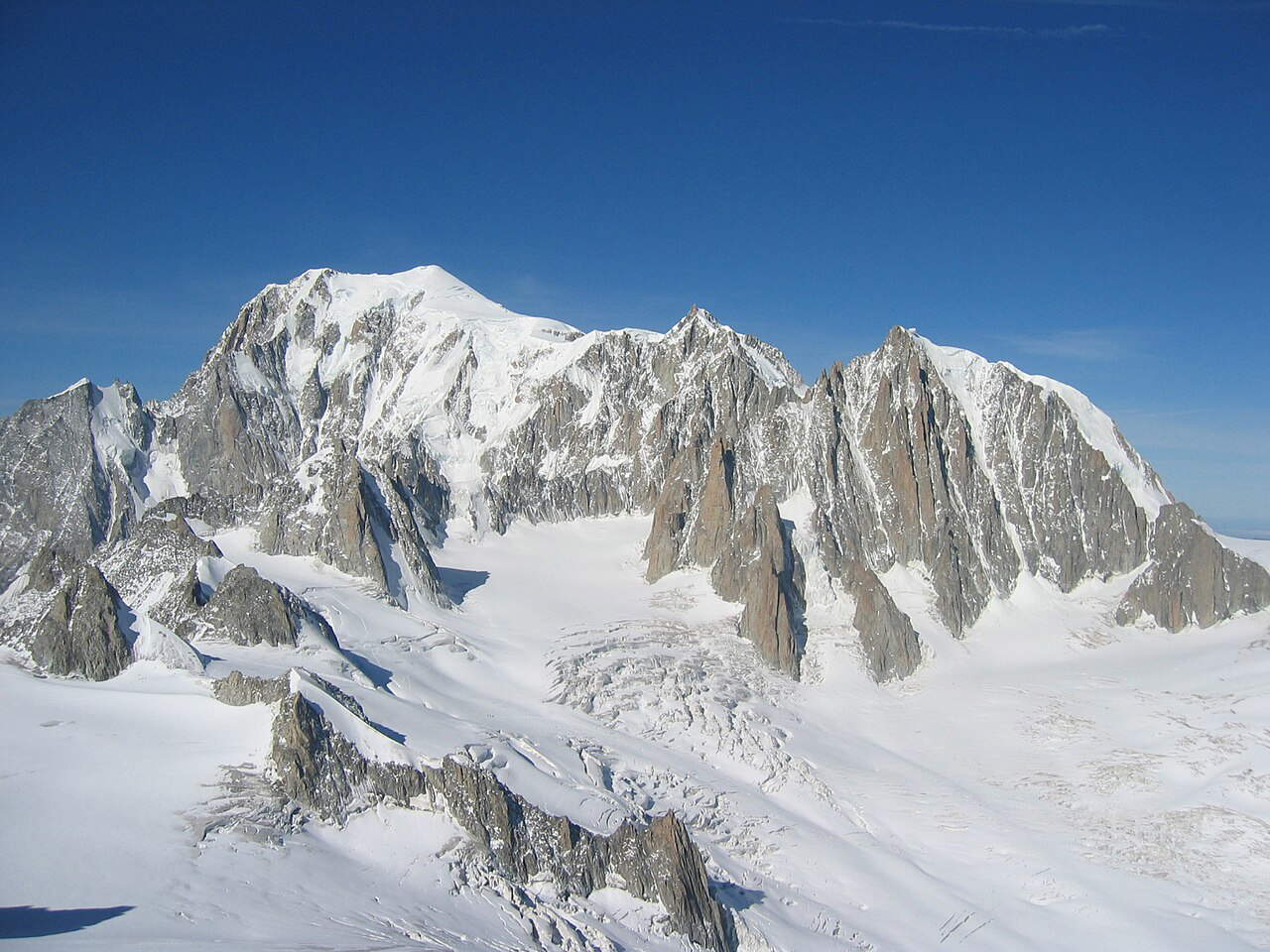
Not to be missed in Val Ferret is an ascent to high altitude with the Skyway Mont Blanc, cable car technology that starts in Courmayeur, at an altitude of 1,300 meters, and leads, in the first stop, up to a terrace at 2,173 meters with a view of all of Mont Blanc, and then starts again to the second and final stop, the 3,466 meters of Punta Helbronner. The Skyway went into operation in 2015, with three stations: Courmayeur (The Valley), Pavillon (The Mountain) and Punta Helbronner (The Sky). It has a length of 4.5 kilometers, with a duration of four minutes between the first and second stations and seven minutes between the second and third stations. At the Punta Helbronner/The Sky station you can try the Sky Vertigo, an all-glass terrace that offers the sensation of walking through the void in the middle of the mountains, and the Kartell Bistrot Panoramic to enjoy lunch at more than three thousand meters above sea level.
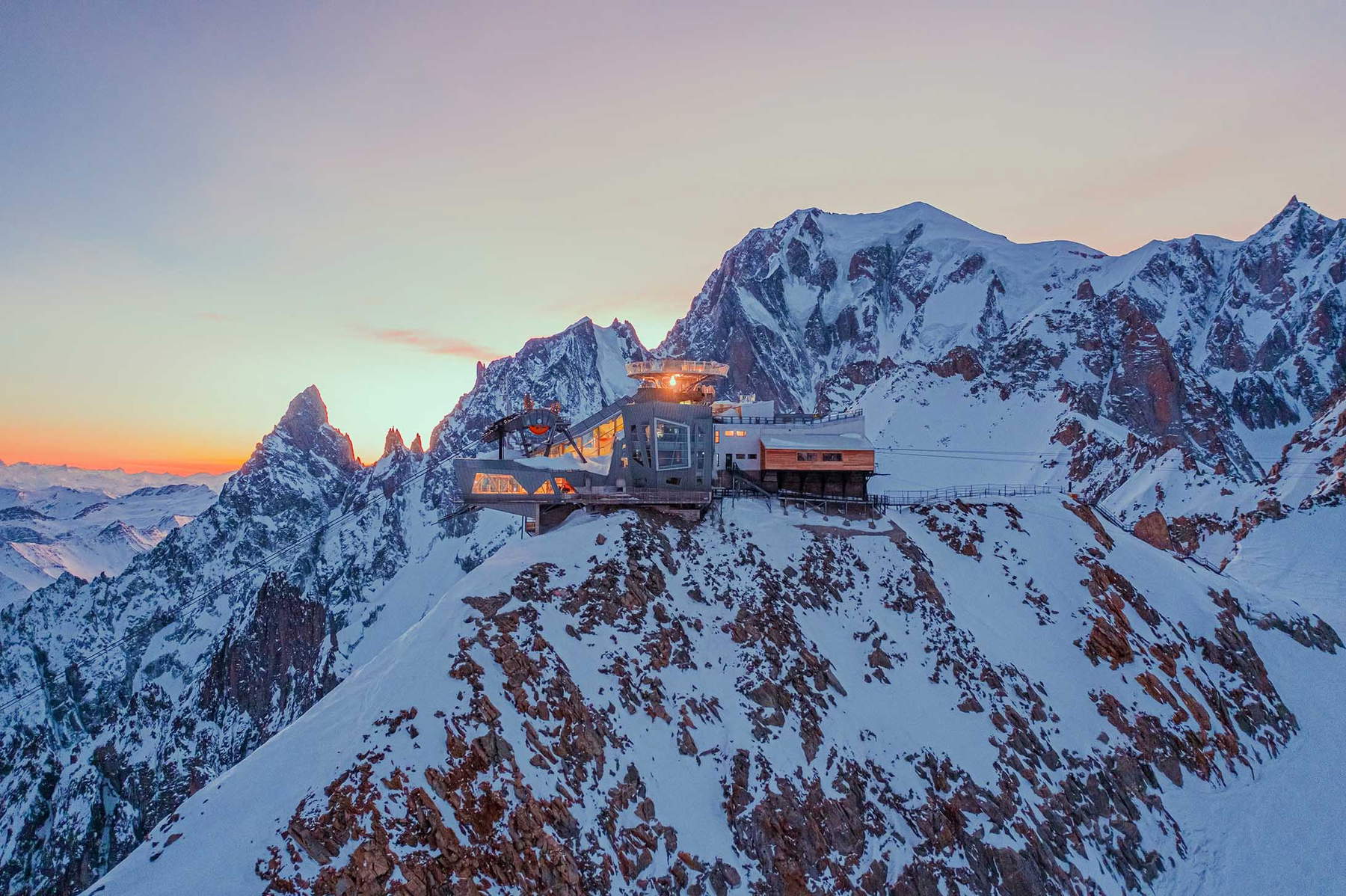
Courmayeur, located at the foot of Mont Blanc, is one of the most popular resorts in the Alps. This elegant town in Valle d’Aosta combines the charm of a traditional alpine village with top-notch tourist offerings. Courmayeur is famous for its ski slopes, which attract fans from all over the world, and its modern ski lifts. In addition to skiing, the resort is a paradise for hikers, with trails winding through the landscapes of Val Ferret and nearby Val Veny. Courmayeur’s historic center retains its authentic character, with narrow cobblestone streets, local craft stores, fine restaurants and historic cafes. Visit the church of St. Pantaleon, which retains its 11th-12th century Romanesque bell tower (the church, however, was rebuilt in the 18th century), as well as the castle ruins and the Saussurea Alpine Botanical Garden, located at 2,173 meters above sea level. Courmayeur is also known for spa tourism, thanks to the nearby Pré-Saint-Didier Spa. Its strategic location makes it a natural gateway to Mont Blanc.
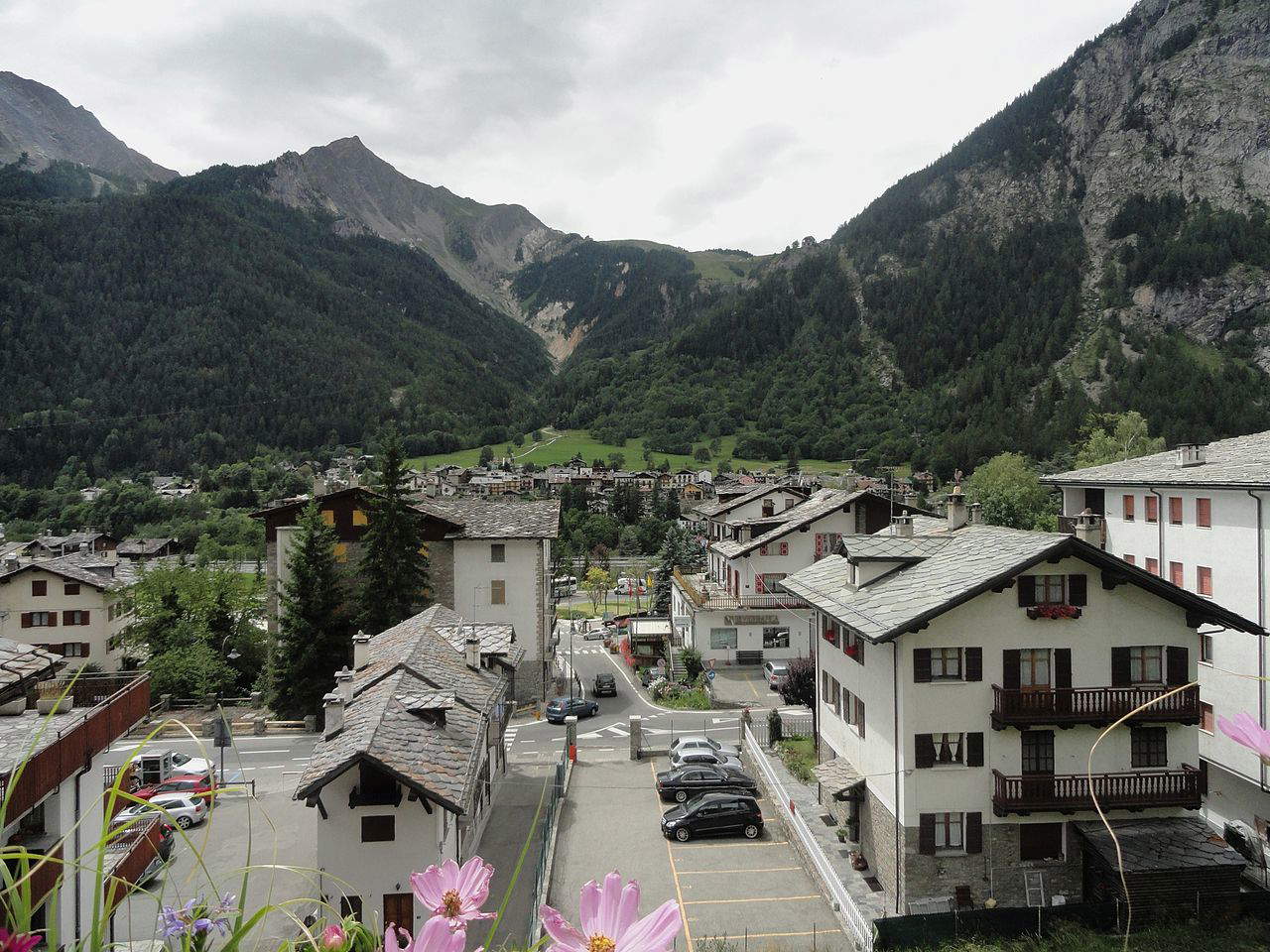
The Walter Bonatti Refuge is a real gem in Val Ferret, located at an altitude of 2,025 meters. Named after legendary mountaineer Walter Bonatti, the refuge is a popular destination for hikers and mountain lovers. To reach it, you generally start from Lavachey, a small village nestled in the valley, from where you take a scenic route through larch forests, flower-filled meadows and crystal-clear streams. Along the way, it is easy to encounter marmots and ibex, which populate these heights in large numbers. The refuge, surrounded by imposing mountains, offers views of the Mont Blanc chain, with the Grandes Jorasses massif in the foreground. The strategic location of the Bonatti Refuge also makes it a key stop on the famous Tour du Mont Blanc, the Tour of Mont Blanc, one of the most famous treks in the world. Here, hikers can rest and refresh themselves with traditional Valdostan dishes before continuing on to new adventures. It is advisable to stay overnight to enjoy the unique atmosphere of Alpine evenings, when the sky is filled with stars and the silence of the mountains envelops everything.
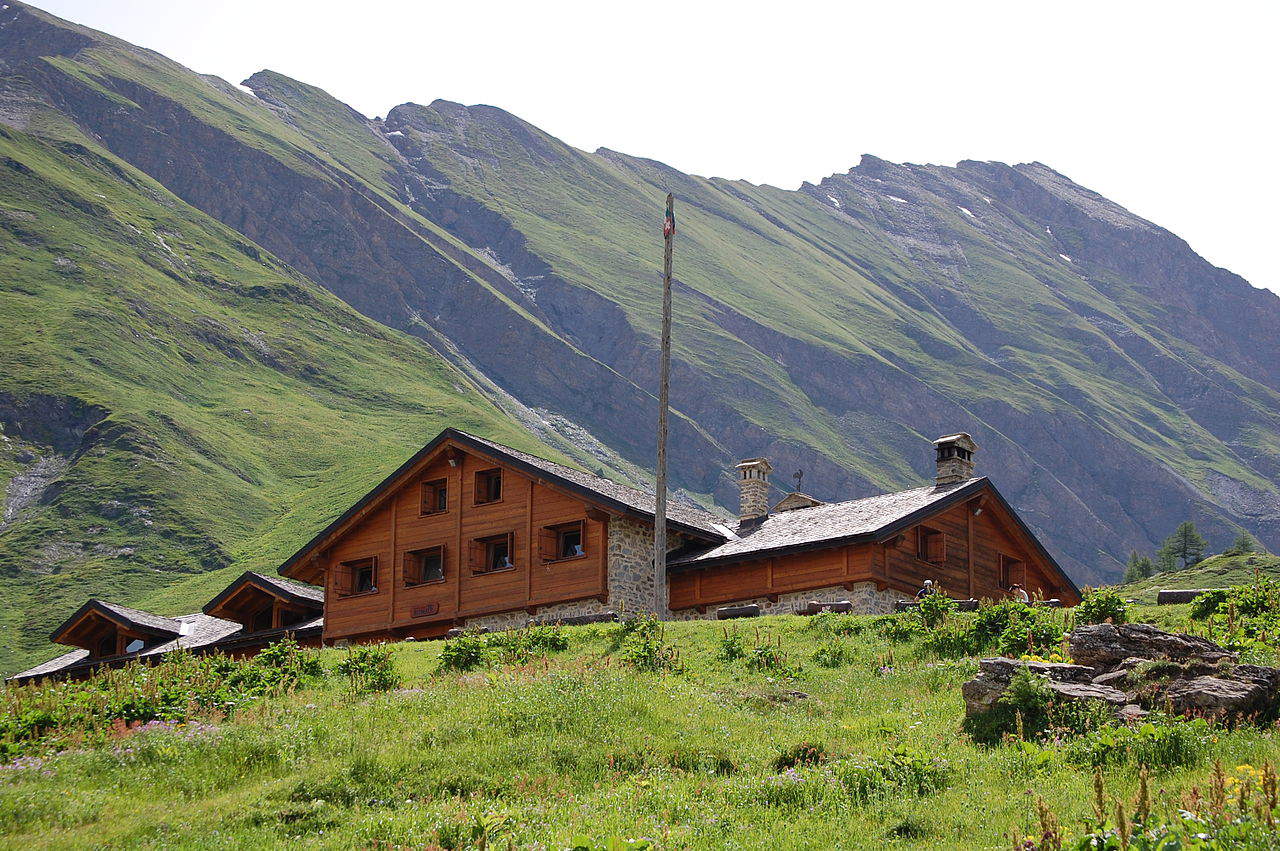
The church of Notre-Dame de la Guérison is a place of great spiritual and cultural significance for the local community and for pilgrims who come here from all over. This picturesque chapel stands at the foot of Mont Blanc, in a location that conveys a profound sense of peace and closeness to the divine. The church witnesses a strong cult of Our Lady, venerated for the many miraculous healings attributed to her intercession. The chapel’s history dates back to the 19th century, when it was built and then consecrated in 1868. The church’s simple but striking interior is enriched by votive offerings and offerings left by the faithful over the years.
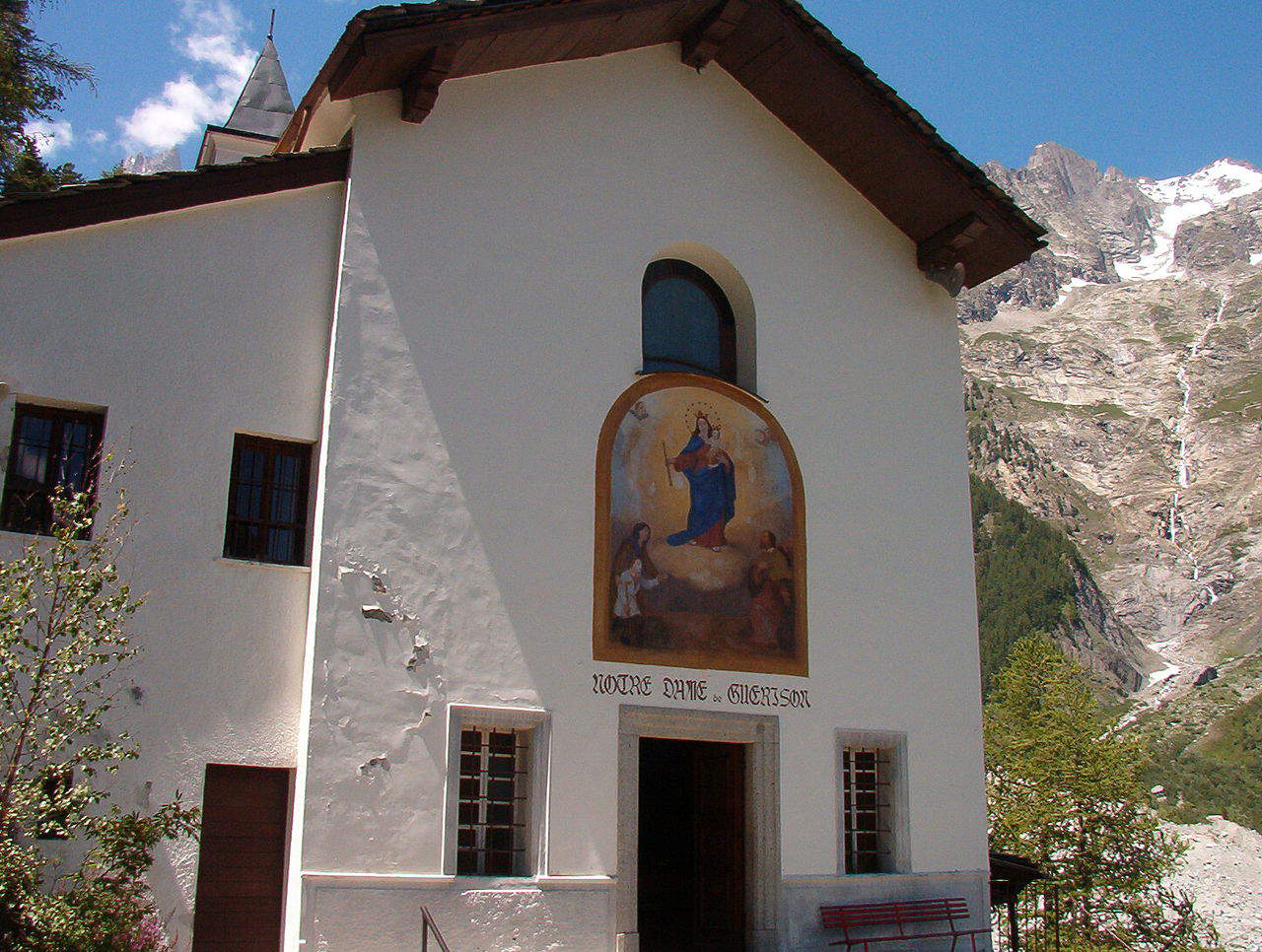
The Val Ferret Balcony is one of the most spectacular scenic trails in the valley, offering aerial views of the entire valley floor and the Mont Blanc range. This trail, which runs for about 12 kilometers, allows you to admire some of the most beautiful scenery in Val Ferret, passing through coniferous forests, alpine meadows and drier, rockier sections. The Balcony is suitable for intermediate hikers, with a moderate but steady elevation gain, requiring good physical condition. Along the route, you may encounter several species of alpine flora, such as rhododendrons, gentian and edelweiss, as well as numerous lookout points for local wildlife, such as chamois and ibex. This route is also an opportunity to discover the old alpine pastures and stone huts scattered along the way, witnesses to a past when the local economy was linked to livestock farming and dairy production. The trail offers numerous rest stops where you can relax and enjoy the views, making it an unforgettable experience for anyone visiting Val Ferret.
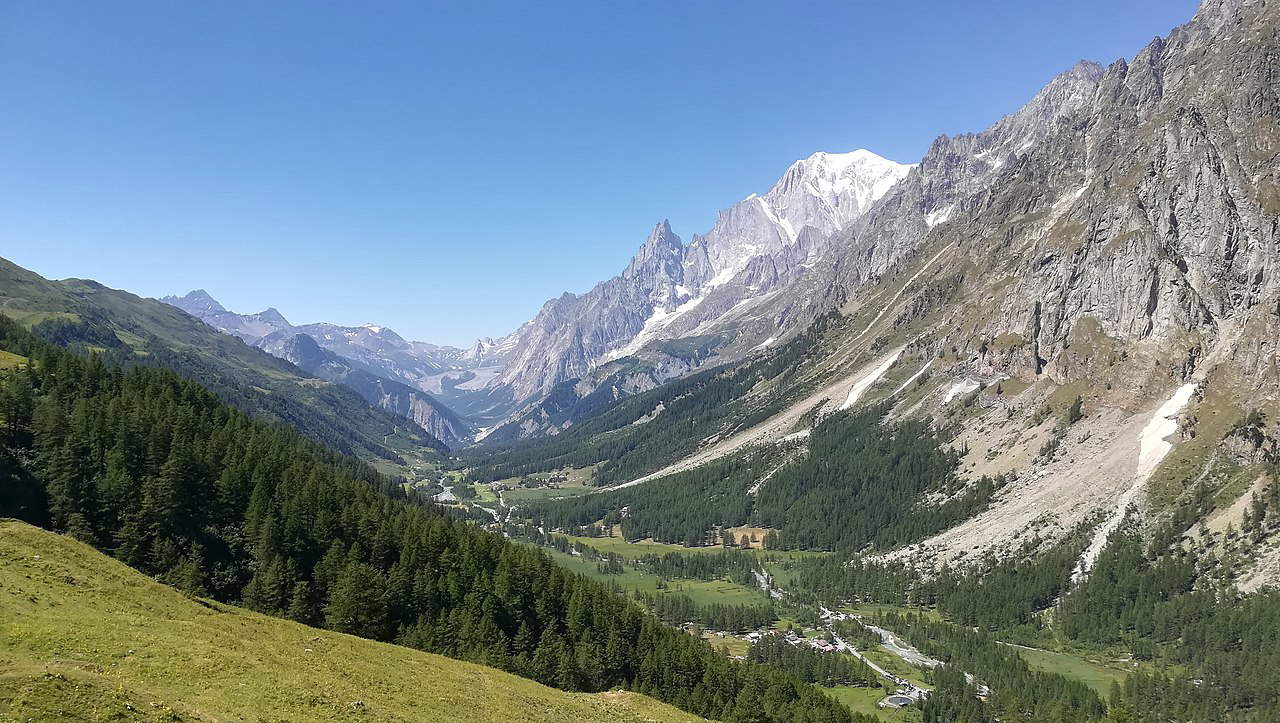
Entreves is a quaint little village located at the beginning of Val Ferret, a place that looks like something out of a postcard. This village is a perfect example of traditional Aosta Valley architecture, with stone and wooden houses facing narrow cobblestone streets. As you stroll through the village, you can breathe in the authentic atmosphere of the Alps. Entrevès is also an ideal starting point for hikes and outdoor activities, such as trekking to Rifugio Torino or the nearby Toula glacier. Despite its small size, the hamlet offers a variety of amenities, including restaurants and cafes where you can enjoy local specialties. Prominent among the village’s attractions is the Passerin d’Entrèves fortress, an ancient medieval house dating back to the 14th century.
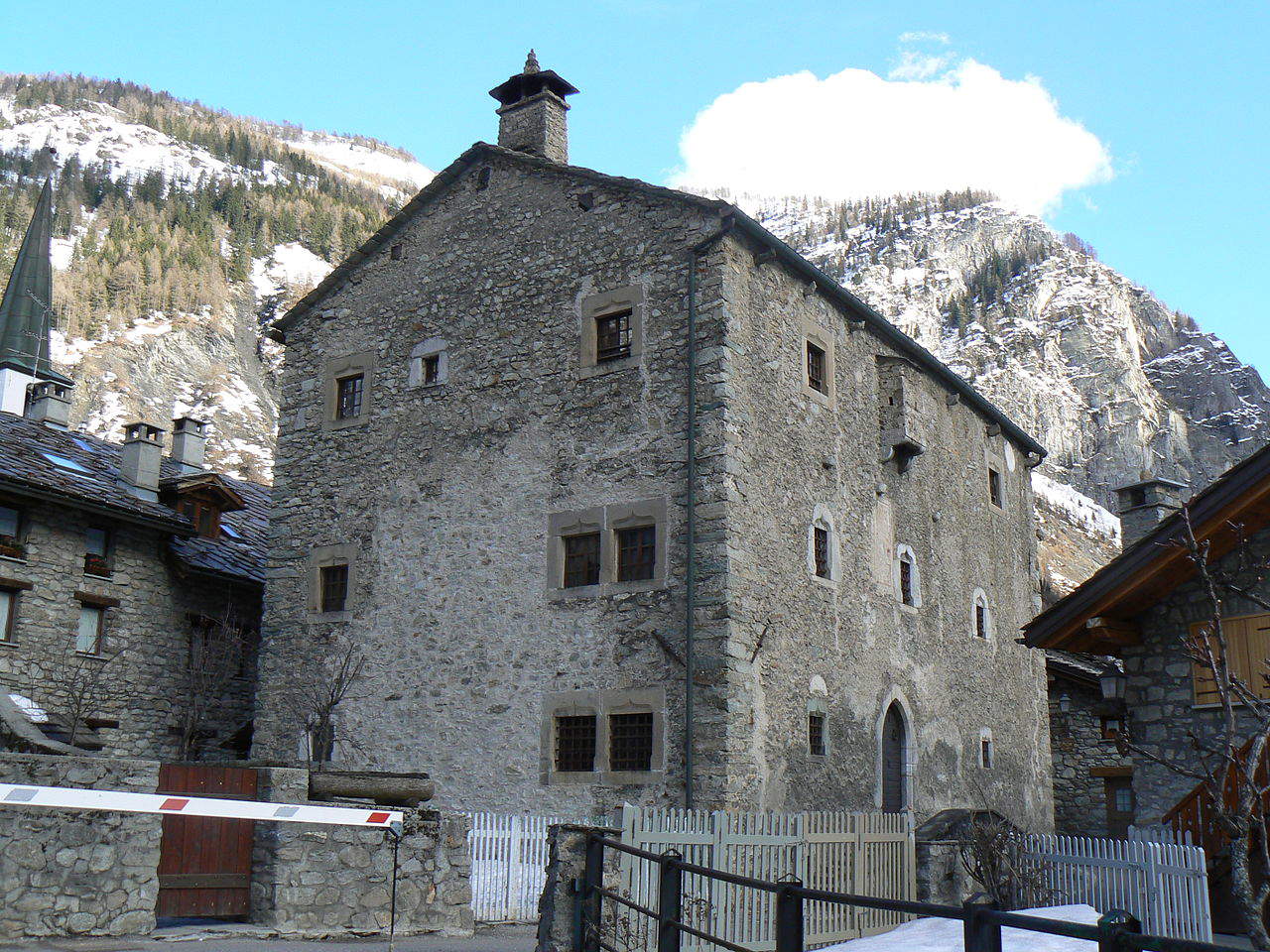
Planpincieux is a small, picturesque village nestled in coniferous forests a few kilometers from Courmayeur, with the imposing peaks of Mont Blanc as a backdrop. Planpincieux is famous for its tranquility and the authenticity of its wood and stone buildings, typical of Aosta Valley architecture. The village is an ideal starting point for many hikes, including the one to the Bonatti Refuge, but it is also perfect for those looking for a place to relax and enjoy the beauty of nature. Its proximity to Courmayeur makes it easily accessible, while maintaining an atmosphere of peace and isolation.
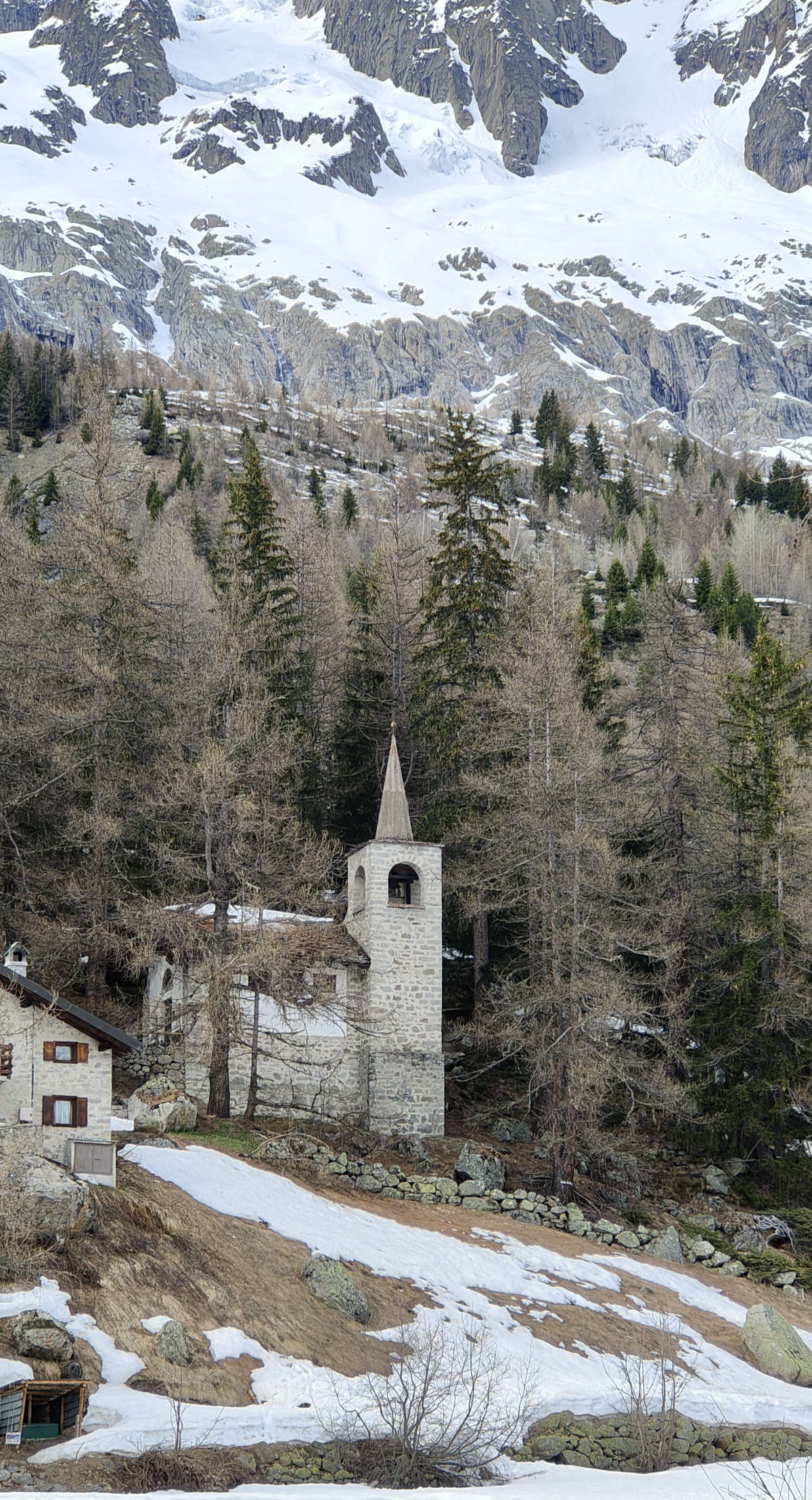
Located at the entrance to Val Ferret, the Golf Club Courmayeur et Grandes Jorasses is one of the most scenic golf courses in Europe. This 9-hole course (which becomes 18, however, due to the effect of double starts) is set in an extraordinary natural environment, with the Mont Blanc peaks providing the backdrop for every shot. Playing golf here is a unique experience, not only because of the quality of the course, but also because of the beauty of the surrounding landscape. The course was designed to blend seamlessly with the alpine environment, using local materials and respecting the natural lay of the land. Each hole offers a different challenge, with narrow fairways and well-defended greens, but it is the view of the mountains that makes the experience truly unforgettable. After a game, players can relax in the clubhouse, which offers fine dining with traditional Aosta Valley dishes. The Courmayeur et Grandes Jorasses Golf Club is open from June to October and is an unmissable opportunity to combine sport with discovering one of the most beautiful corners of the Aosta Valley.
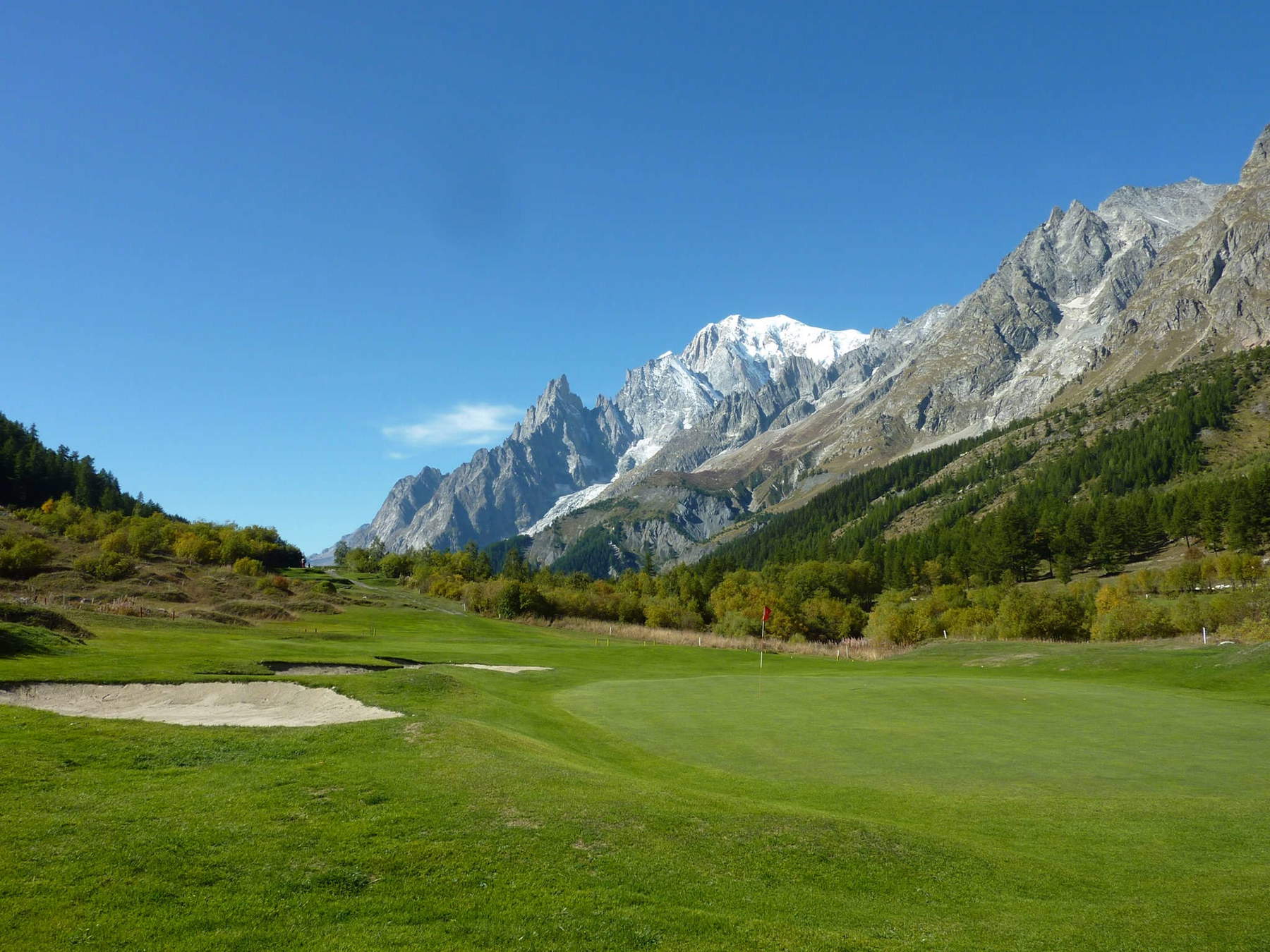
Although not quite in Val Ferret, Pré-Saint-Didier is not far from the valley. Pré-Saint-Didier is a charming municipality in the Aosta Valley, best known for its historic thermal baths and the beauty of the surrounding landscape. Located at an altitude of 1,004 meters, at the foot of the Mont Blanc massif, this small village offers the perfect blend of relaxation and nature. The Pré-Saint-Didier thermal baths, famous since the 19th century, are fed by natural springs that flow at a constant temperature of 37°C. These waters, rich in iron and other minerals, are prized for their relaxing and rejuvenating properties. The spa offers indoor and outdoor pools with mountain views, saunas, Turkish baths and a wide range of wellness treatments, making it an ideal destination for those seeking tranquility and regeneration. The 19th-century spa establishment and the church of San Lorenzo with its 11th-century bell tower are worth seeing. Also near the village is the Verney Gorge, also known as the Pré-Saint-Didier Gorge, one of the most spectacular overhanging waterfalls in the Aosta Valley.
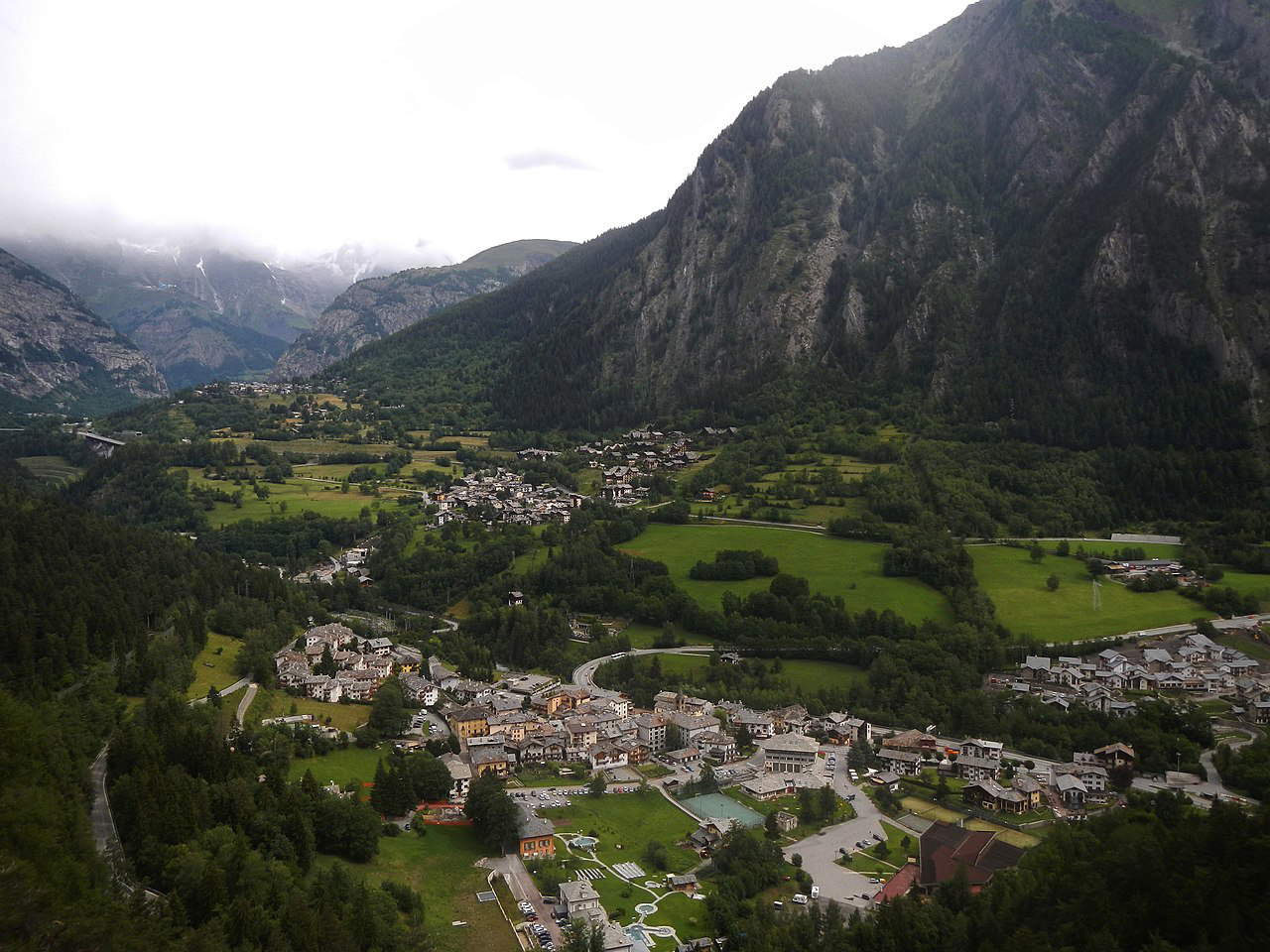
 |
| Val Ferret, what to see: 10 places to visit |
Warning: the translation into English of the original Italian article was created using automatic tools. We undertake to review all articles, but we do not guarantee the total absence of inaccuracies in the translation due to the program. You can find the original by clicking on the ITA button. If you find any mistake,please contact us.